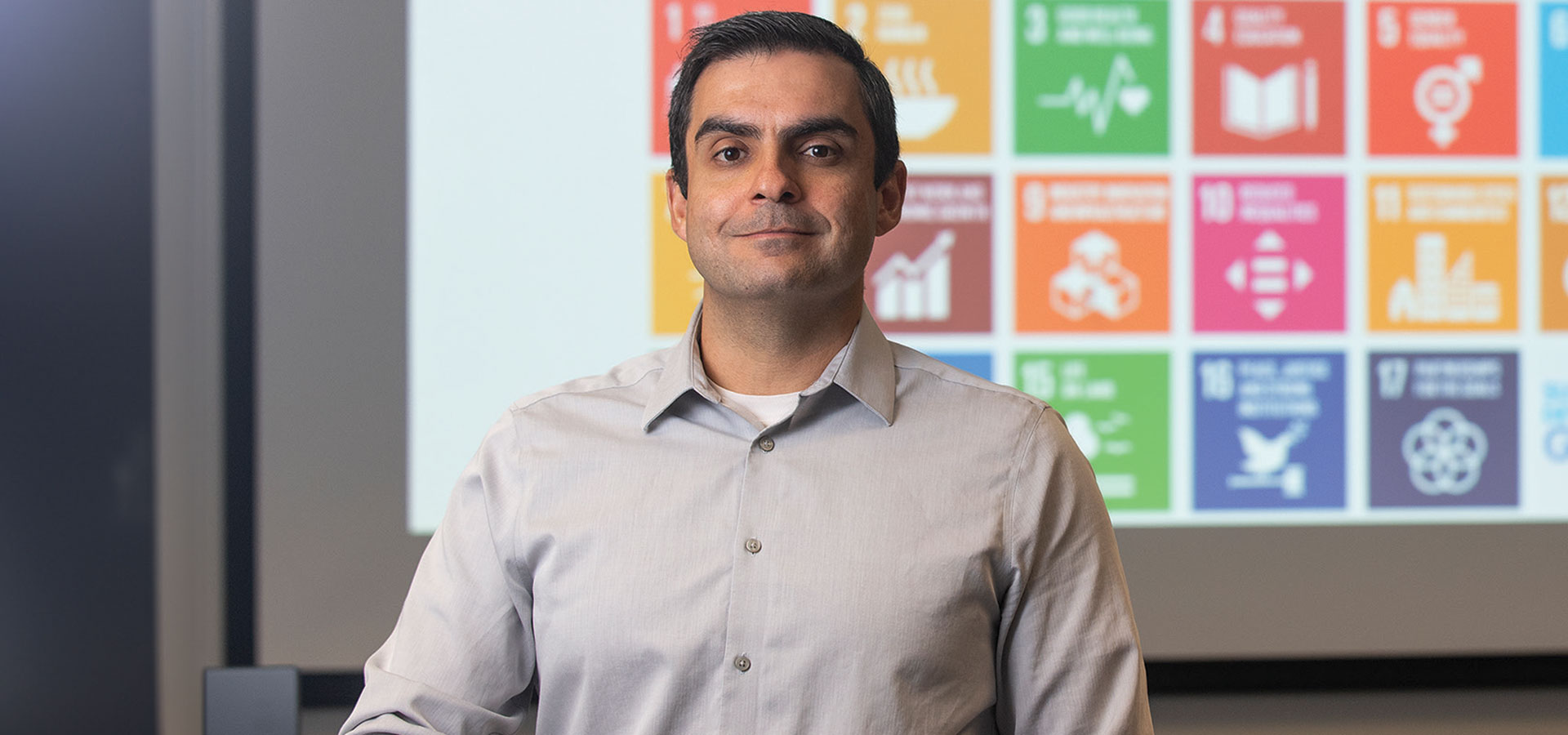Expert Q&A
AI for Social Good
Geography Assistant Professor Gabriel Granco is one of five CSU faculty who developed Artificial Intelligence for Social Good (AI4SG), a $600,000 project funded by the National Science Foundation. It addresses two critical areas: promoting skills for the STEM workforce and developing AI knowledge and literacy. Granco and his colleagues are tackling the shortcomings of AI education — lack of diversity, shortage of broad multidisciplinary participation and an overemphasis on technical concepts.
AI4SG is active at Cal Poly Pomona, San Jose State, CSU San Bernardino and Cal State Long Beach, along with support from the CSU Chancellor’s Office.
How is AI education integrated into your geography courses on climate change and environmental modeling?
These classes are designed for all Broncos who are interested in environmental issues and want to help address climate change, sustainability and other environmental (in)justice. AI is integrated as a new tool that students can use to promote sustainable development in their communities.
My courses are taught at the Center for Geographical Information Science Research in the College of Letters, Arts, and Social Sciences, which offers the infrastructure to develop and apply AI to social good. Even though these classes are in geography, students from any major can benefit from learning AI and applying it for social good. Students who participated in the AI4SG in spring 2023 created chatbots that guided citizens on how to separate and recycle trash in Pomona, increased awareness of environmental pollutants in Fontana, and helped people access resources for food security in Riverside.
Students were motivated to develop their project as they envisioned the real-world impact it will have. Their proposals were presented in May at the first CSU AI for Social Good Undergraduate Innovation Symposium.
How are AI technology and geography compatible for addressing social problems?
Geography is the study of spatial patterns of both the Earth and humans and their relationships to understand society, its challenges and possibilities. The spatial dimension of social problems is crucial to identifying their causes, their connections to other concerns, and proposing effective solutions that incorporate local knowledge and value the community. Geographers are trained to see a problem from multiple scales considering the physical and human components, and they are also skilled in geographical information science (GIS), which allows the combination of diverse data set.
Geographers can use AI technology to crunch big data, analyze spatial information, identify patterns of people, space and time. Moreover, AI improves geographers’ ability to focus on and address the most pressing social, environmental, and economic problems with data-driven insights and solutions.
